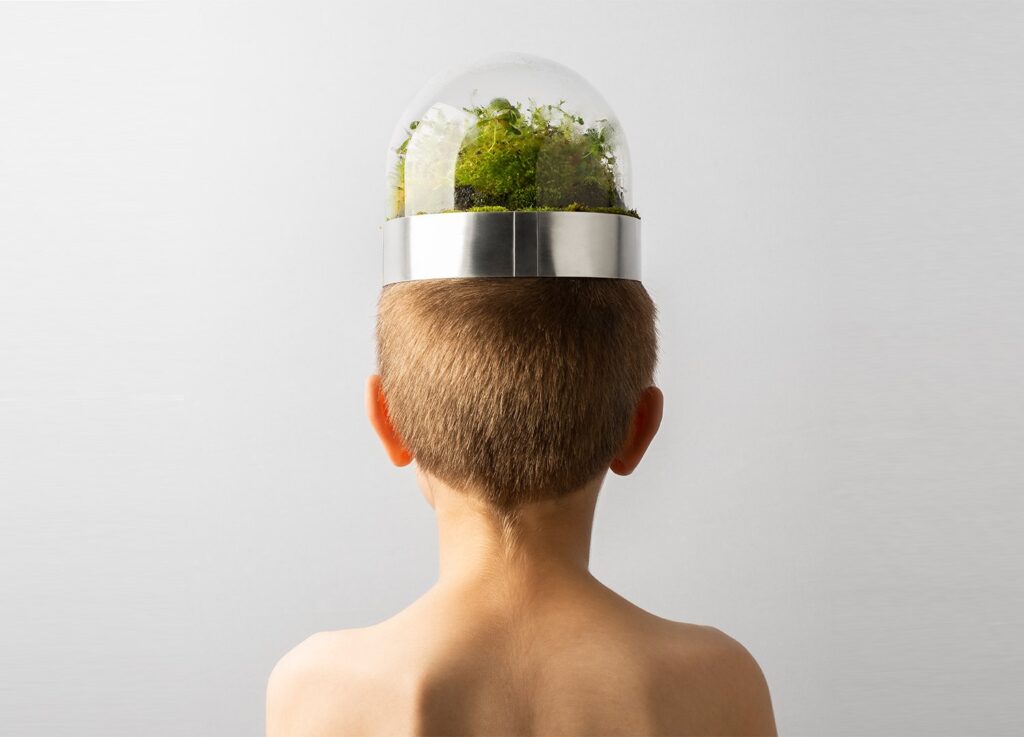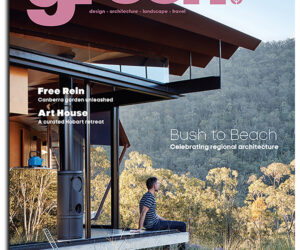Dystopia/Utopia:2070 exhibition
Are we heading for a dystopian or utopian world in 2070? In this upcoming exhibition, artists and writers respond to speculative fiction and imagine possible future scenarios.
Given what we have been experiencing recently, whether it be cataclysmic natural events like bushfires or world-wide pandemics, are we headed for a dystopian future? Will the only place suitable for habitation be the polar regions of the earth? How will we survive the toxins and pandemics? What kind of natural materials are left with which to provide multi-use and multi-sensory experiences? How will we store our data and maintain our seed banks? Will we live in a totalitarian society without nature or live in a beautiful space of meditation?
Speculative fiction provides a rich source of visions of possible future worlds. Many of these literary works have provided the narratives and imagery for some of our most memorable movies. Visual artists, on the other hand, particularly craftspeople and sculptors, have been slower to respond to future scenarios, being more ensconced in the use of current materials and solving today’s design problems. To rectify this we asked seven artists to create works based on stories set some 50 years from now. Not surprisingly, the works they have produced offer solutions and clarity despite the environmental and technological dystopias/utopias they have responded to.
Dystopia/Utopia 2070 is an exhibition designed to stimulate discussion about our future, to emphasise that the arts in conjunction with science are at the forefront of our survival, and to question what we take for granted. Will the galleries that we use today to exhibit artwork even be of relevance or exist in fifty years? To this end the exhibition experience will not merely be a collection of artworks within the white cube but an overall experience that challenges our senses and modes of perception.
Dystopia/Utopia 2070 curator Kevin Wilson, explains, “This exhibition is more of an experience rather than a set of objects displayed in a bare gallery. The visitor will be less likely to want to critique the formal elements of the physical work as one might in a normal exhibition but rather explore what a future world may have in store for us. This is because of the the augmented reality (AR) component of the exhibition, which provides a deeper insight into the work and to the broader theme of the future”.
When asked why it’s important to reflect/predict future scenarios? Exhibitions curator, Kevin Wilson, said, “It’s important because it tells us more about ourselves now. But for artists it provides an opportunity to push their practice into new realms and to start to think how new technologies can entwine with their material practice. In Kamilaroi/Bigambul artist Archie Moore’s work he actually questions the notion of earlier predictions of Indigenous Australian’s dying out.”
Dystopia/Utopia:2070 questions how we define a dystopian or utopian world. There is no simple division between the two states. The artists in this exhibition focus on the positives of survival. The writers point to our memories and our history that still exist in some form in this future world. In this way the exhibition offers a rich set of possibilities to discuss the future world without descending into a depressive dystopian state or a totally optimistic utopian world.



